The Blog
Recently Featured
All Blogs
Debunking 3 Emotional Myths (and getting your power back)
I don’t want to be at the mercy of my emotions. I want to use them, enjoy them, and dominate them.
-Oscar Wilde
I don’t want to be at the mercy of my emotions. I want to use them, enjoy them, and dominate them.
-Oscar Wilde
Extension
Have you ever been so attached to a specific emotion, it felt like an extension of you? A third arm or something? I definitely have. There was a time that I battled such crippling anxiety, I couldn’t separate me from my anxiety: we were one big tangled mess of fear. It was not a good look.
Debunk
Today, I’d like to debunk a few emotional myths, how they work, and where they come from. Based on the conversations I have in and outside of therapy, I’ve pretty much gathered that we are one anxiety ridden culture, constantly living in our heads and feeling powerless over the unknown. Unlocking these truths has been literally a life-saver for me, so much so, I desperately want to help others embrace their freedom and live in a much bigger way.
Myth #1: I am powerless over my emotions
I know it feels this way. Oh how I know this. However, this is absolutely NOT true. You are in complete control of what emotions you feel based on the thoughts that permeate your brain. Despite feeling chaotic, our emotions are pretty formulaic. Here’s the breakdown:
- You experience something that activates you
- You make up a story in your head about what just happened
- You feel a resulting emotion that supports the story you just made up.
It’s so unsexy and simple, just like unveiling that sad, tiny man behind the Wizard of Oz, right? If you look at that breakdown, you’ll notice the one piece that is clutch and absolutely within our control is this second layer: the story we make up in our heads.
If someone cuts me off in traffic, abruptly launching in front of me to take an exit and almost causing a head-on collision, I’m typically pretty pissed to say the least. Why? Because I’ve made up a story that they are selfish, impulsive, and have little regard for the human race let alone me.
Now shift that story: they just found out their eight-year-old son was life-flighted to Vanderbilt due to a horrible accident. Everything changes including my emotional response. If that was my story, I’d feel so much compassion and empathy, I’d pull over letting him pass and offer up a prayer. Anger wouldn’t be a remote option. We need a compelling, life-giving narrative. This is why I love Narrative Therapy so much!
Myth #2: People cause me to feel a certain way
Wrong. This one’s a biggie perhaps because the victim card is way more fun to play than is taking personal responsibility! No one can make you feel a certain way and this is such good news. Again, our narrative is everything. Sure people can try to make you feel a certain way and that’s fine. But because we can’t control the actions of others (sigh), we must shift the focus back to us, that which we have total control over.
This is where personal boundaries come in: knowing what’s okay and what’s not okay. Keep that radar intact as you move through interactions with people that constantly result in negative emotions. You may need to tweak those boundaries and graduate from an open door policy to a fence with a lock. You’ve got the key.
Myth #3: Emotions are tied to our circumstances
Lastly, but most definitely not least: we don’t have to wait until (X, Y, and Z) to be happy. If you need a reminder of this, go watch Roberto Benigni’s Oscar winning, Life is Beautiful. It’s an inspired and stunning film about joy amidst bleak odds. It will move you to tears and inspire you to hope, no matter what. Emotions are the result of the constant inner dialog playing over and over. If we want to experience more peace and joy, the choice and opportunity is all ours as we focus on thoughts that promote these emotions. This is the great money shot because now we’ve won this often daunting and exhausting battle with our emotions. We get to choose.
And now the fun begins, or continues based on where you are in your process. What are the emotional patterns you observe in your day to day? Are you happy with them or do you feel totally stuck and powerless? Slow down enough to identify the stories you’re making up in your head. Write them down. Do they need to shift? Well, my friend, the honor is all ours. Let’s go to town with this.
Love & Gratitude, Katie
xoxo
Strong Series Part II: The Righteous Rescuer
I, I will be king
And you, you will be queen
Though nothing will drive them away
We can be heroes, just for one day
-“Heroes” by David Bowie
Just as victim hurts so good like three too many helpings of apple a la mode, rescuer soars on wings of eagles complete with the cape and mask of a superhero. Ahh, the Righteous Rescuer, a role I have often worn proudly, like a pair of killer Louboutins or something. This role is a double threat in that it temporarily feels loving on both sides of the table; from where the rescued sits as well as the rescuer. However, Strong Series part II zeros in on the rest of the story: how this role temporarily flies high, yet falls short…really fast.
I, I will be king
And you, you will be queen
Though nothing will drive them away
We can be heroes, just for one day
-“Heroes” by David Bowie
Just as victim hurts so good like three too many helpings of apple a la mode, rescuer soars on wings of eagles complete with the cape and mask of a superhero. Ahh, the Righteous Rescuer, a role I have often worn proudly, like a pair of killer Louboutins or something. This role is a double threat in that it temporarily feels loving on both sides of the table; from where the rescued sits as well as the rescuer. However, Strong Series part II zeros in on the rest of the story: how this role temporarily flies high, yet falls short…really fast.
The Enneagram Two
If you know me in this life you are most likely familiar with the Enneagram because I’ve been a huge fan, no, evangelist of it for a while. Clients, friends, family, husband, stranger in the starbucks line alike: I most likely pointed you to the online indicator at my first opportunity in order share its wisdom and selfishly know if I was correct in my personal hunch as to what your number (or type) was. Yeah, sorry if it was over the top. I’m working on that.
Why Righteous?
I mention this because I firmly believe the rescuer looks very much like the quintessential Enneagram type Two in its point of stress or disintegration, finding inherent motivation in life rooted in the need to be needed, especially in relationships. “Help me!” is the mating call of the two and rescuer alike. A savior is a worthy thing to be after all, yes? Hmm, look again. The business of saving people is fragile if not futile work. Rescuers and victims are like two peas in a pod and in a blissfully ignorant world they make dynamic partners. That is, until one or both wakes up to the truth of their essential selves, using Enneagram rhetoric, and can no longer do that dysfunctional, enabling dance. What was once a slow and sexy samba now feels like four left feet.
The Look
Rescuers are the folks in your neighborhood with a constant overflow of foster pets oozing out the front yard. They are the people you call when you need to feel the sugary saccharine of sweet consolation that says, “Honey, it’s not your fault. I can’t believe she would say that to you” or, “You were the best possible candidate for that job, it will all come back around and bite them in the ass. Come over; we’ll get toasty and talk smack about the whole situation” when you don’t get the promotion you were hoping for. Perhaps, instead of rescuing, the gift to give is a listening ear and a tall glass of empathy.
Interestingly, the rescuer needs that heroic role more than the object of her rescuing. It is the dysfunctional umbilical cord sustaining his/her existence.
Early on, the rescuer encountered great helplessness around them, maybe from parents or siblings, hearing a steady drip of “I can’t” that ushered forth those initial glimpses into their powerful and purposeful “I can” destiny. This is the learned way of connection with others; a cycle that repeats over and over again throughout life even subconsciously.
The Payoff
There are blatant payoffs for the rescuer as you can imagine. They are perhaps the most glaring of all, seeming helpful at first glance. Here we go:
- As our title suggests, rescuers get to be “self-righteous” forcing the persecutor into the doghouse.
- Temporary boost in self-esteem, distracting from deep existing pain
- Receive attention for being “right”
- Feel useful
- Get to be the “good guy”
The Way Out
The rescuer has absolutely no awareness of personal needs as identity was gradually built on meeting the needs of others. Most likely, therapy or recovery starts when he/she finally acknowledges that anger and resentment that’s been stuffed for so long now wreaks havoc on overall health, functioning, and relationships. Or, a loved one gives the old ultimatum. Real healing starts when the rescuer a) sets some boundaries and b) becomes aware and accepting of their needs. The way out for the rescuer is simple yet initially very wobbly: self-rescue. All of those heroic, well-meaning attempts to save another must now point back to them. Discovering true identity and voice unlocks a whole new world for the rescuer; one of vibrancy and presence.
We are two-thirds through our Strong Series and I know this stuff can be heavy. Thanks for hanging in with me. My hope is that you will use this in your awareness this week as an experiment, observing the possible ruts you may fall into that look like rescuer. Ask yourself this: What boundaries do I need to have in place to love honestly and fully in this moment? Man, I can think of several in my life right now. Perhaps I’m not alone. We will be back next week with a sneak peak into the persecutor. I know the suspense must be killing you….
Love,
katie
xoxo


































